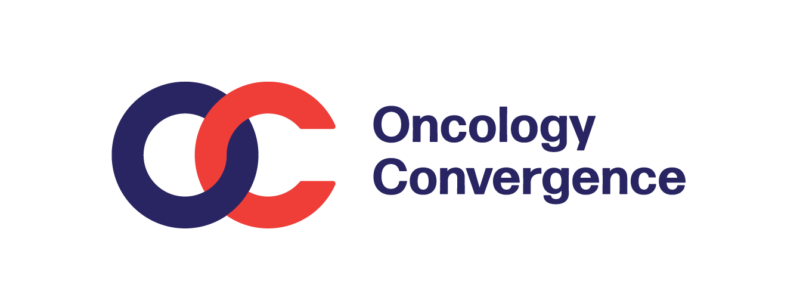By Jim Musslewhite, President, Oncology Convergence, Inc
The issue of waste is not nearly as simple as the Centers for Medicare & Medicaid Services’ (CMS) policies would lead one to believe. In fact, the following will attempt to illustrate the various scenarios encountered in the oncology setting and the possible outcomes and inconsistencies that can occur with any waste policy that is adopted in the oncology setting. For the sake of this example, we will use only one drug to illustrate the complexity of the issue. The drug used in this example is Genentech’s Avastin. The HCPCS code used to properly bill for Avastin is J9035 and the code accounts for 10mg of Avastin for every unit billed. Avastin is available in 100mg and 400mg vial sizes. Both Vial sizes are SDPF vials or single-dose preservative-free vials. Genentech’s package insert states that the preservative-free vials are stable for eight hours after dilution if stored between 36-46 degrees Fahrenheit. Additionally, Genentech’s dosage and administration guidelines state “Discard any unused portion left in vial, as the product contains no preservatives.” It should also be noted that the possibility exists that each Avastin vial probably contains overfill. Overfill is defined as an amount sufficient to ensure that the full dose can be obtained when the bulb of a syringe is taken into account. CMS does not permit that overfill be billed due to the fact that it was not purchased.
(View Entire Article)
